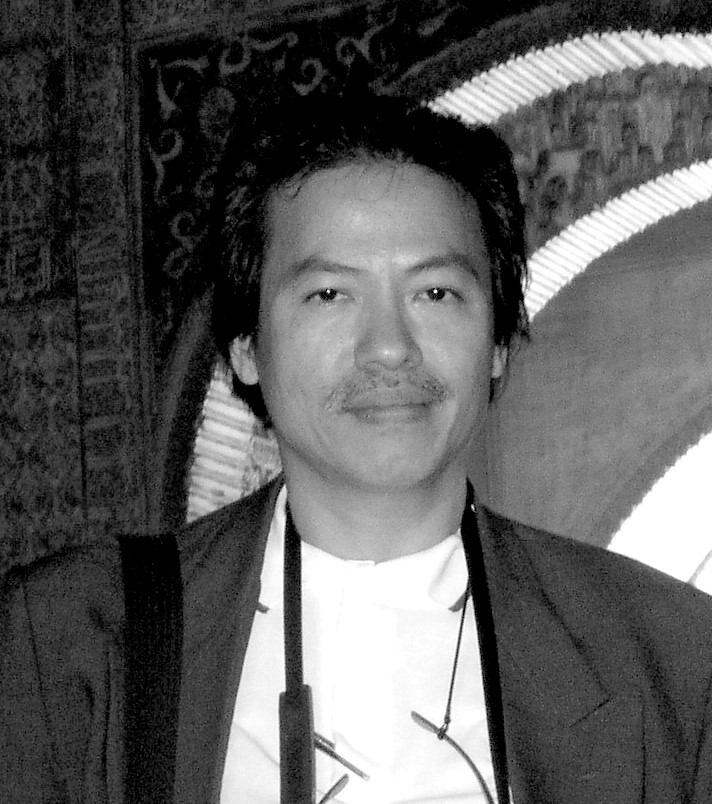The flat, stylised horse of the Kuda Kepang is a well-touted symbol of Malaysian culture. There are two very large ones on the wall of the Johor Bahru airport to greet visitors. For Malaysians generally, this traditional symbol comes complete with recollections of an affable dance, some young people in colourful costumes and the pleasant enough sounds of gongs dinging and donging. Agreeably Malaysian.
The more complex rituals of the Kuda Kepang, as practiced by skilled performers, go beyond the colour and the delight. They demand our intellectual attention for something deeply rooted in our primeval past.

Cultural anthropologists refer to simple repetitive movements, circles of energy and percussive sounds as “humankind’s oldest patterns.” The Kuda Kepang performance is, as Frederick W. Turner writes, a “celebration of all life that is the essence of a living mythology, one that sends spiritual energy shooting through the veins of the group.”






